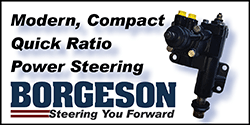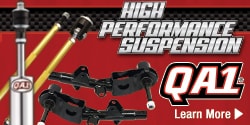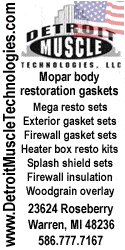gzig5
Well-Known Member
I would like to know what the specs of the cam in my 340 are. Curiosity is killing me. I saw a video of a guy doing it a while ago but can't find it at the moment. I have the timing cover off to check the timing chain, which is in good shape. I have a degree wheel I printed out and fabbed a mount to put it on the front of the balancer. I have an indicator stand and a good dial indicator. It then occurred to me that I may not get accurate measurements because of the hydraulic lifters? In the video he definitely put in light springs and I think maybe solid lifters but not sure on that. So, can I get a reasonably accurate measurement of lift and duration going off the top of the rocker arm on the pushrod side, or the spring keeper on the valve side?
















